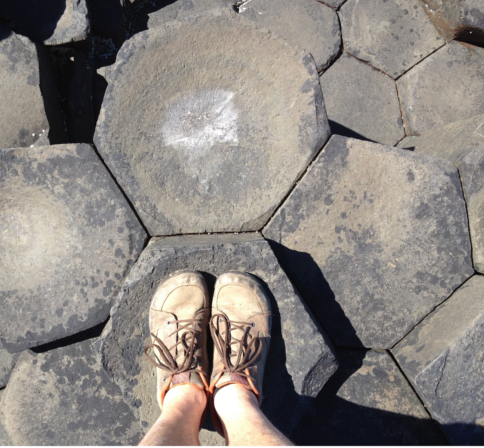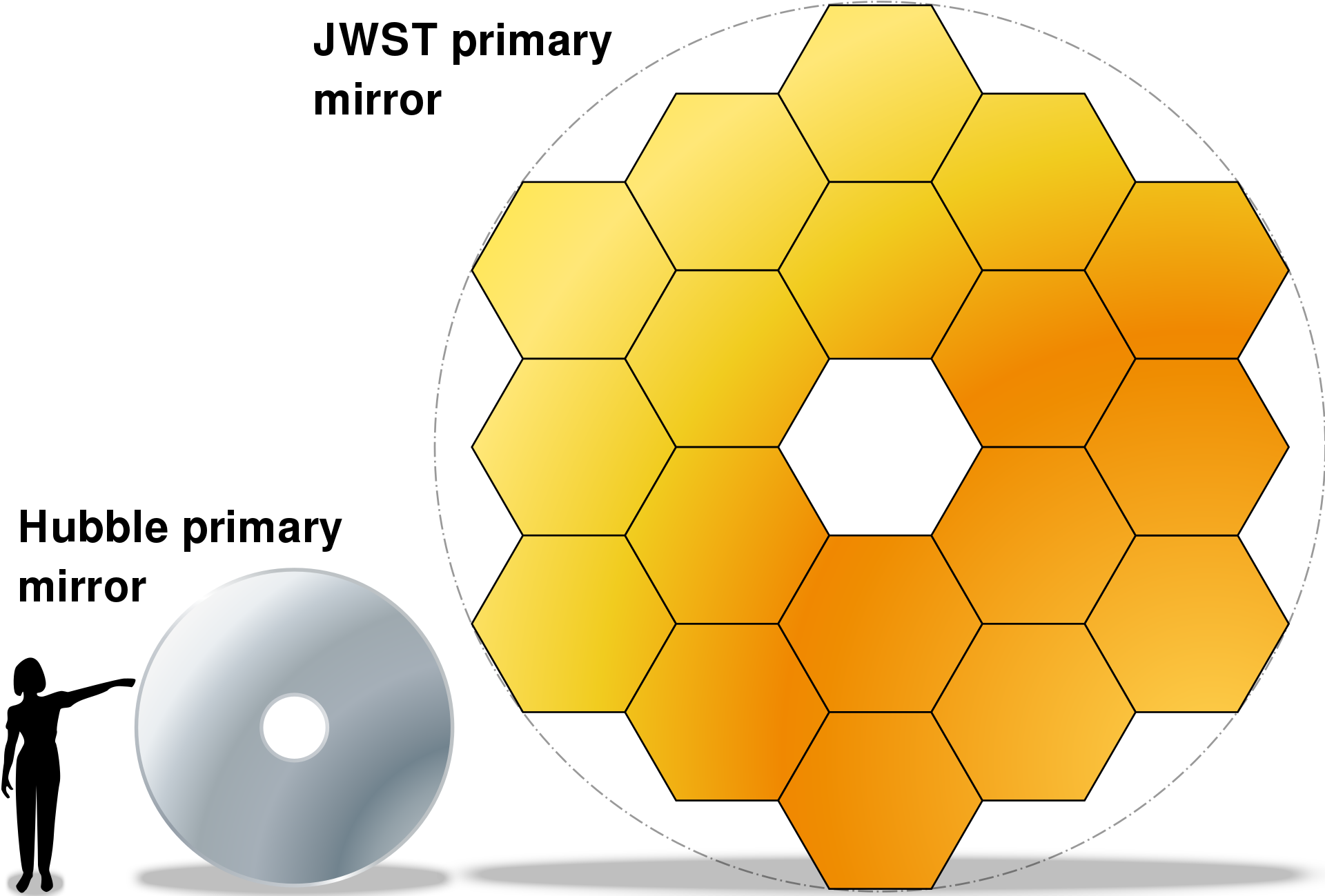Hexagon Info
Tags | |
UUID | 95ae932b-c446-11ee-9b96-bc764e203090 |
A hexagon is a polygon with six sides and six angles. It is a two-dimensional geometric shape formed by connecting six straight line segments (sides) in a closed loop. Each interior angle of a regular hexagon (where all sides and angles are equal) measures 120 degrees. The sum of the interior angles in any hexagon is 720 degrees.
Hexagon Calculators
- Hexagon Area: Area of regular hexagon based on length of sides
- Hexagon Side Length from Area: Length of a regular hexagon's sides based on the area.
- Hexagon Volume: Volume of Hexagon Column based on dimensions.
- Hexagon Column Surface Area: Surface area of Hexagon Column based on dimensions.
- Hexagon Column Mass: Mass or weight of Hexagon Column based on dimensions and density.
- Sum of Hexagon Areas: Surface Area of interconnected hexagons based on side length and number of hexagons.
- Hexagon Planter: Volume and surface area of a hexagon shaped planter and the amount of soil needed to fill it.
Hexagons in Nature and Science
Hexagons are encountered in various natural and man-made contexts. In nature, honeycombs constructed by bees often exhibit a hexagonal pattern because it is an efficient way to fill space with the least amount of material. In geometry and design, hexagons are commonly used in patterns, tiling, and architectural structures. They also appear in everyday objects, such as nuts and bolts, and are widely used in fields like science, engineering, and mathematics.
 Giant's Causeway's hexagons: Using this equation and the fact that the shoe in the picture is approximately 12" long and that the side of the hexagon is approximately the length of the shoe, the AREA of these regular hexagons is 2.5 ft2.
Giant's Causeway's hexagons: Using this equation and the fact that the shoe in the picture is approximately 12" long and that the side of the hexagon is approximately the length of the shoe, the AREA of these regular hexagons is 2.5 ft2.
Hexagons were also used by NASA in the James Webb Space Telescope.

Image provide by: Bobarino - Own work based on: File:JWST-HST-primary-mirrors.jpg a NASA public domain image, CC BY-SA 3.0
The side of each JWST is approximately 0.737 meters. Use the sum of hexagon areas (CLICK HERE) to compute the total area of the 18 hexagon mirrors. The primary mirror of the Hubble Space Telescope is 2.4 meters in diameter. Use the area of a circle calculator (CLICK HERE) to compute the area of the Hubble Space Telescope primary mirror.
- Comments
- Attachments
No comments |
